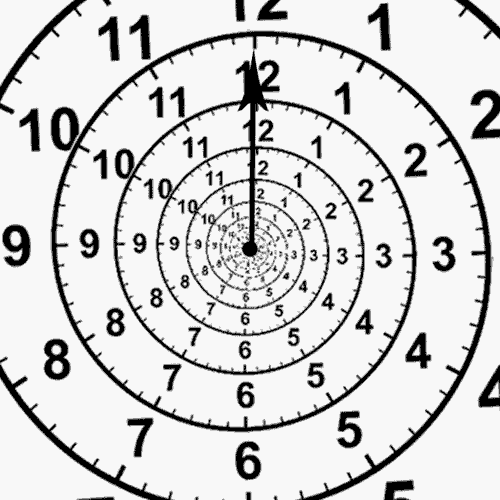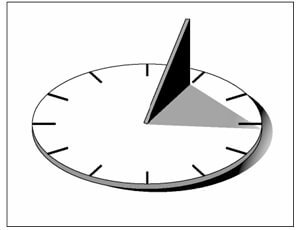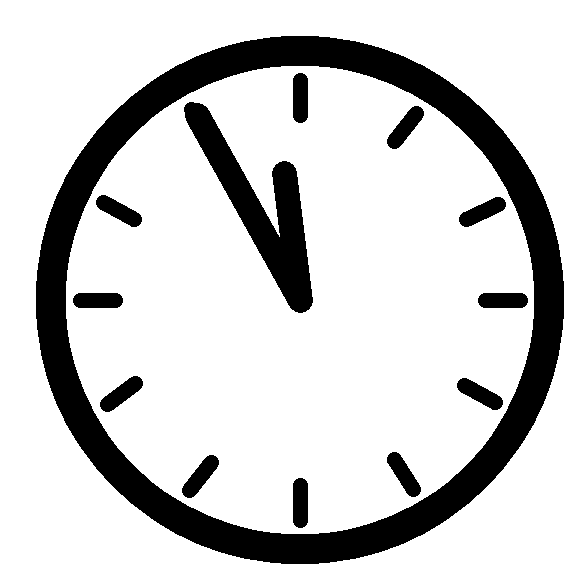Did you ever notice, when you’re in the last class of the day, time decides to slow down, and you wonder how it could not do so when you when you woke up in the morning. You don’t really pay attention to it but have you ever wondered why the hands of a clock always move in the clockwise direction and not counter-clockwise? Got you thinking, did I? I’ll tell you the reason here, and surprisingly, it is much more simple than you might think.

To look at the answer to our original question, we need to turn back the clocks. There was a readily available timepiece that our ancestors had. Its called the sun. Not the sun exactly, but shadows. Some smart ancient Egyptians came up with the idea of using these shadows to determine the time of the day, but Greeks were the first ones to create what we call a ‘sundial’. A typical sundial usually is made up of a rod or a wedge(called a gnomon), which casts a shadow on a plane surface. Here’s what a simple sundial looks like.

Usually a sundial in the northern hemisphere points towards the north pole and a sundial in the southern hemisphere points towards the south pole. And we know that the sun goes from east to west, right?
So looking towards the equator from the northern hemisphere, the sun would go from left to right. The shadow of the sundial in the northern hemisphere goes from north to east to south to west.
And because people from the northern hemisphere were the first ones to make mechanical clocks, they decided to go with the direction they saw the shadows move, and that is the direction we now call ‘clockwise’.

That raises an interesting question, doesn’t it? What if the people from the southern hemisphere had got to building mechanical clocks before the northern geniuses? And had they followed the direction of the sundial’s shadow in their hemisphere, we might have had clocks that ran in the opposite direction. Because the direction the sun moves in the southern sky is the opposite of the direction it moves in the northern sky. We’d have been reading our clocks very differently then.

Crazy, right?


















